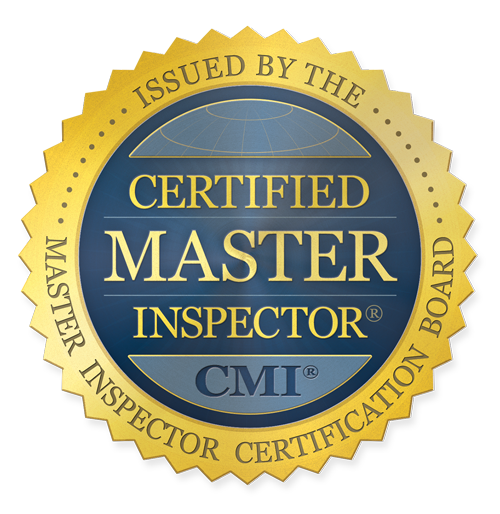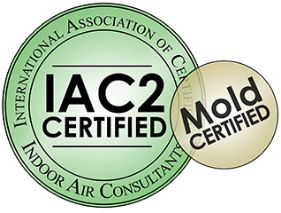Sewer scope inspections are not part of a typical 4-point inspection. Instead, it’s an add-on service that can exist independently or be tacked on to any other home or building inspection type. These inspections use video technology to examine and inspect lateral sewer lines leading from your private property line to the septic system or an HOA or city-owned tap.
As with any home inspection, contact experienced, certified professionals to guarantee accurate results and a fast turnaround of your inspection report.
Why a Sewer Scope Inspection?
In certain situations, it makes good sense to pay the small fee associated with a sewer scope inspection. They yield valuable information for homeowners and prospective homebuyers alike.
Sometimes, the results may cause you to say “no thank you” to a prospective home; in other situations, the inspection yields valuable information that may help you negotiate a more affordable final sales price or earn seller’s credits so you can repair or replace a damaged or malfunctioning sewer system ASAP.
If you own the home, a sewer system inspection allows you to make essential repairs before the problem gets bigger. Replacement of private sewer lines and septic systems is costly. Early repairs and maintenance can save homeowners tens of thousands of dollars.
5 Reasons to Schedule a Sewer Scope Inspection
As we feed the video line through the pipe, we look for the following:
- Cracks or damage to the pipe
- Tree roots that penetrate or block the line
- Blockages
- Installations that do not conform with current building codes
- Outdated materials
There are several reasons a sewer scope inspection may be necessary. Here are five of the biggest sewer red flags.
1. Funny Smells, Sluggish Drains, or Strange Gurgling Sounds
When the home’s sewer line backs up, the sewage makes itself known. First, you may notice a funny smell in the basement or the landscape over and around the sewer line. You may also have to plunge toilets more often, or snake drains that back up again within days or weeks.
Poorly functioning sewers may also cause sluggish flushing and drains that take a long time to evacuate water from the sinks or tubs. And, finally, you may even hear the sound of gurgling in the pipelines.
2. The Home Was Built Before the 80s
You’re due for a sewer scope inspection if you’re planning to purchase a home built before the 1980s, or your home is over 40 years old – and you’ve never had the sewer lines replaced.
Most homes built before the early 1980s used asbestos, clay, lead, cast iron, or Orangeburg pipes. All of these are outdated, and chances are high that they’re compromised somehow.
These days, sewer systems are built using PVC pipe that has a lifetime of 100+ years and can accommodate the graceful curves necessary to keep things flowing, as opposed to 90-degree angles, which trap waste and debris.
3. You Notice the Land Sinking (or Thriving) Along the Sewer Line
A leaky or seeping sewer line causes excess liquid (and sewage waste) to accumulate in the earth around and above. Eventually, you’ll see the evidence. Signs of a leaky or damaged sewer line include:
- A depression in the ground that follows the line.
- A sinkhole
- Soggy or poorly draining ground.
- Due to the excess water supply (and fertilizer), lawns or shrubs may look more lush and green.
All of these warrant a closer look from a licensed inspector.
4. Trees Have Matured Dramatically in the Past Two Decades
If you have mature trees on your property, they have strong and powerful roots. These roots can push through sewer lines, especially if the pipes are made from outdated materials or have existing cracks, separations, or weak spots.
Tree roots are the leading cause of sewer line blockages. Once they infiltrate, the roots further damage sewer pipes and can cause them to break or collapse altogether.
5. Other Neighbors are Having Sewer Trouble
If you built your house in a subdivision or it was developed along with a few others in the neighborhood, your neighbor’s sewer issues could also mean you have issues.
In addition to outdated materials and tree roots, poor design and installation are common causes of sewer issues. This could be the result of an incorrect slope, using 90-degree angles instead of curves, poor soil amendment or compaction prior to installing the system, or poorly connected joints and fittings that cause pipes to separate.
Not all soil or installation issues are a contractor’s fault. In some cases, shifting ground as the result of earthquakes, natural ground shifts, or heavy storm damage can all result in bellying or shifts that move sewer pipes out of their proper alignment.
Schedule a Sewer Scope Inspection with Super Inspection Pros
Whether you’re scheduling a 4-point inspection before purchasing a home or you’re experiencing signs of a failing system, Super Inspection Pros is here for you. We provide affordable sewer scope inspections with a guaranteed turnaround time of 24 hours or less. Contact us to schedule your inspection.

